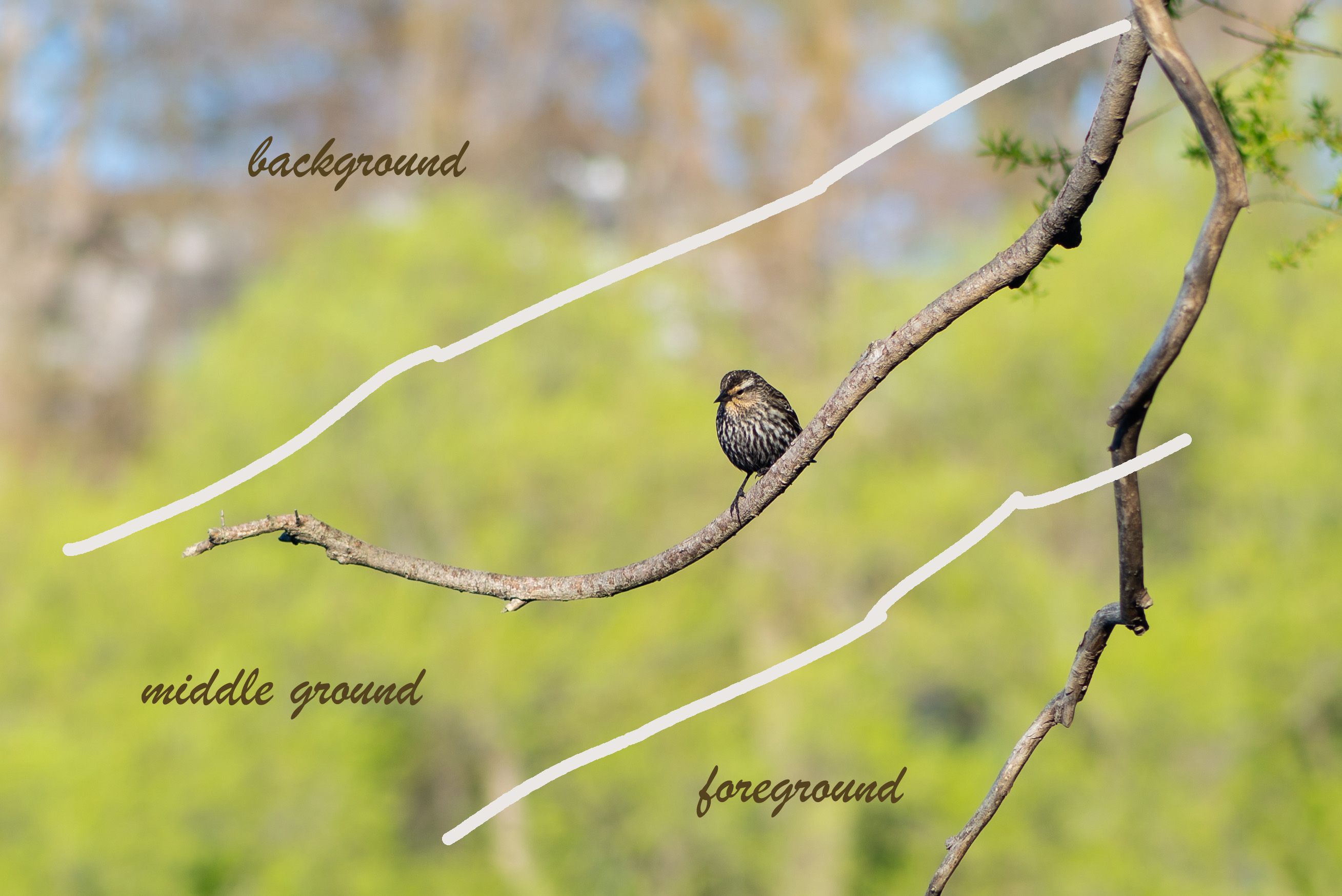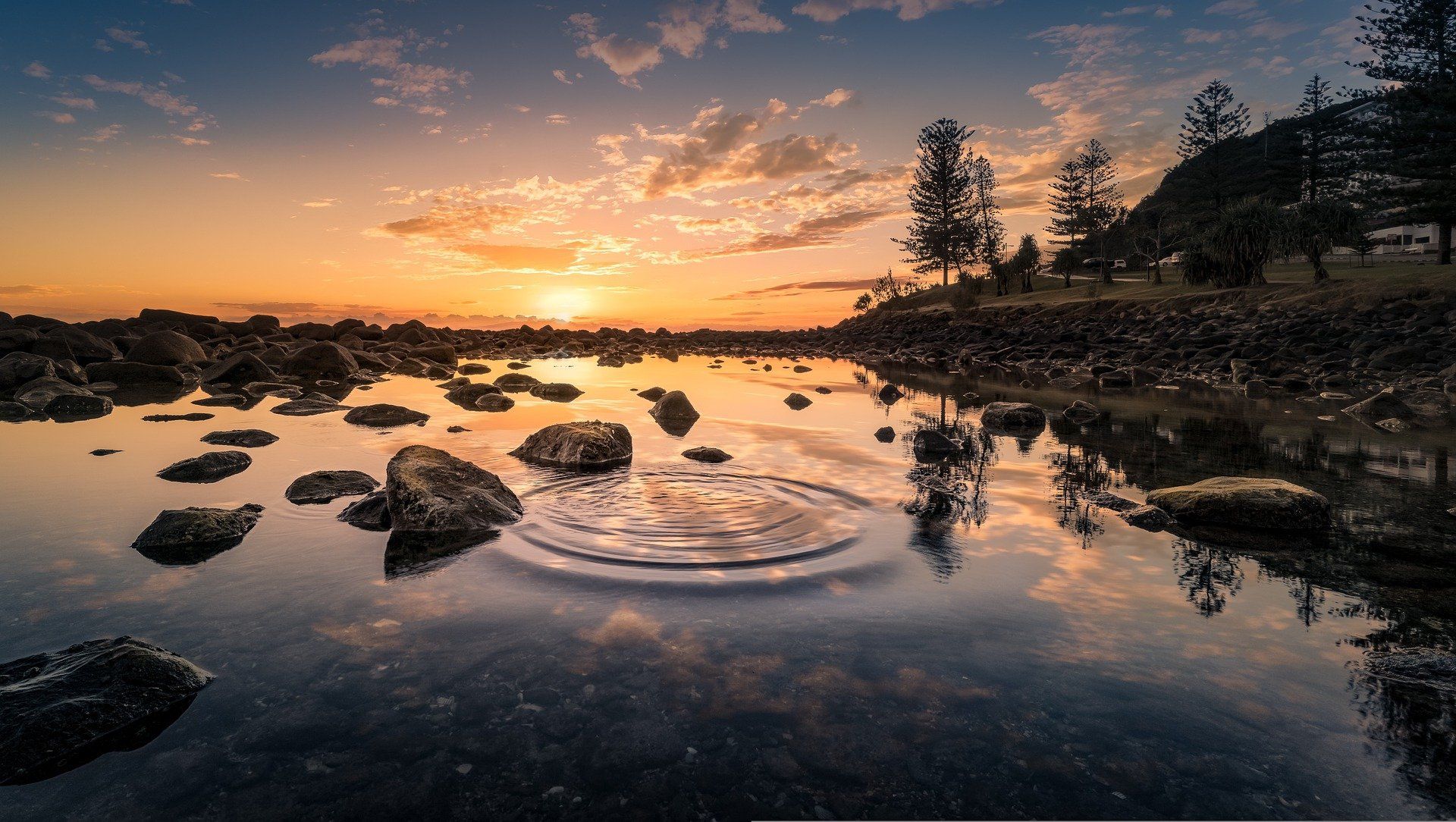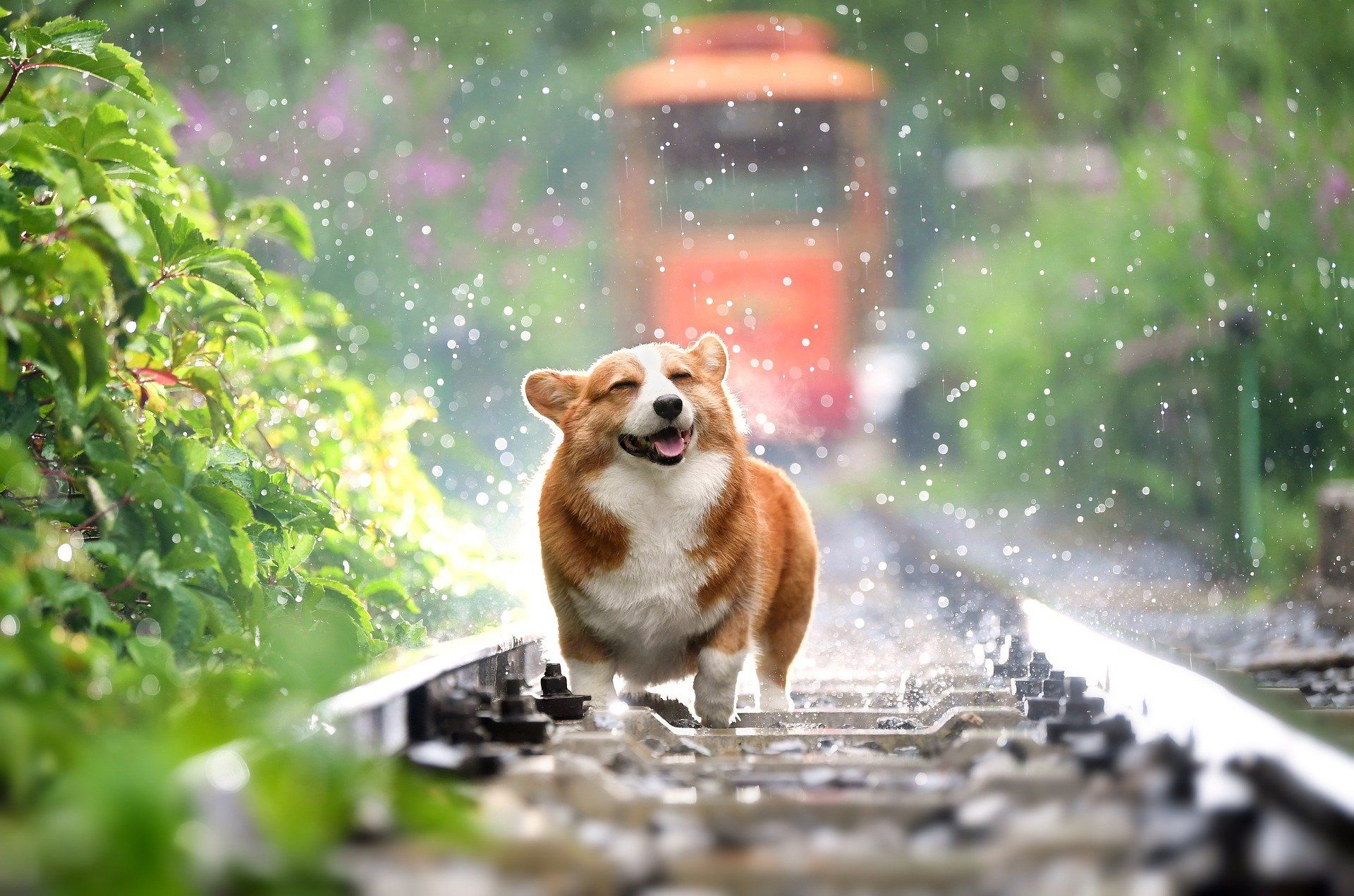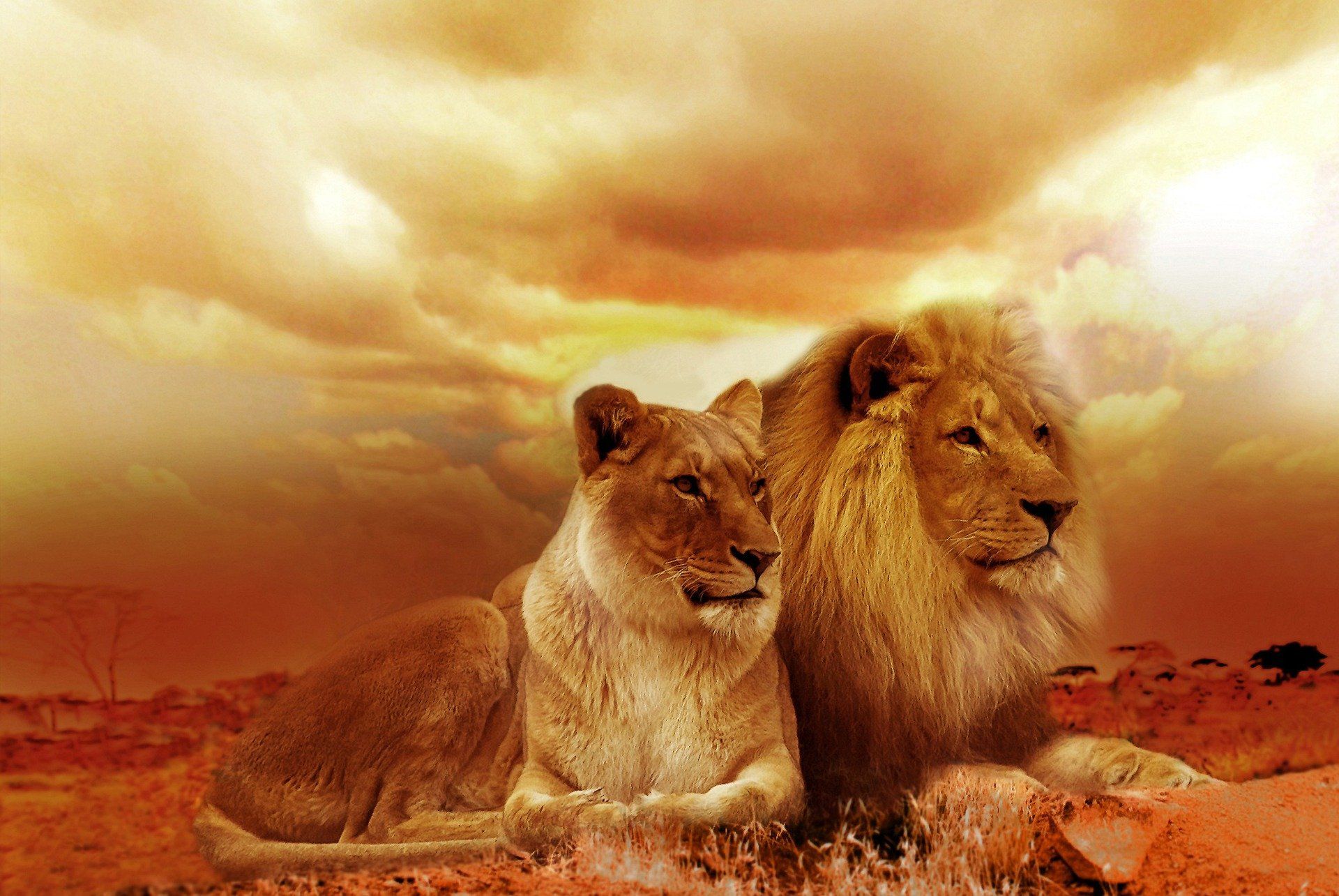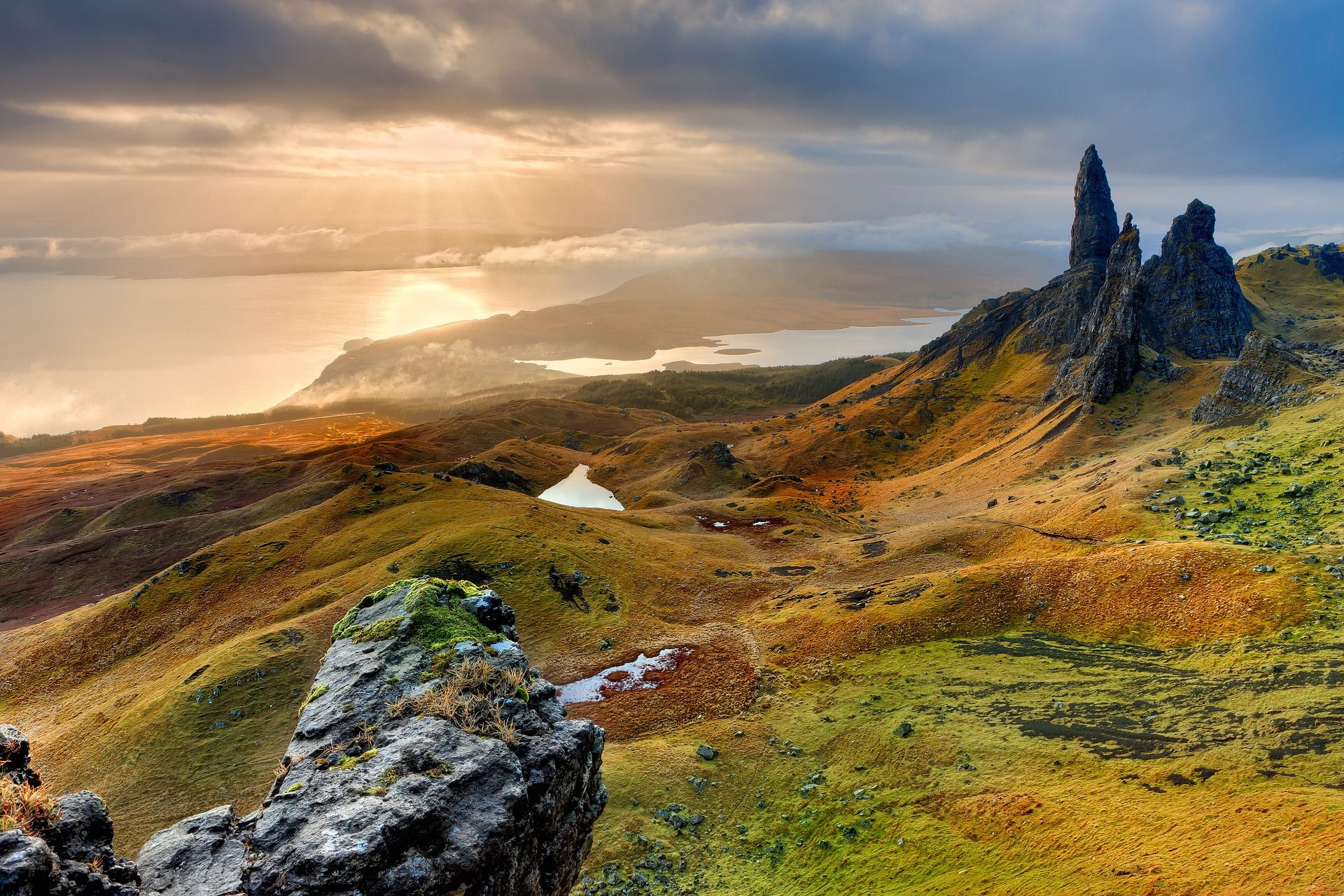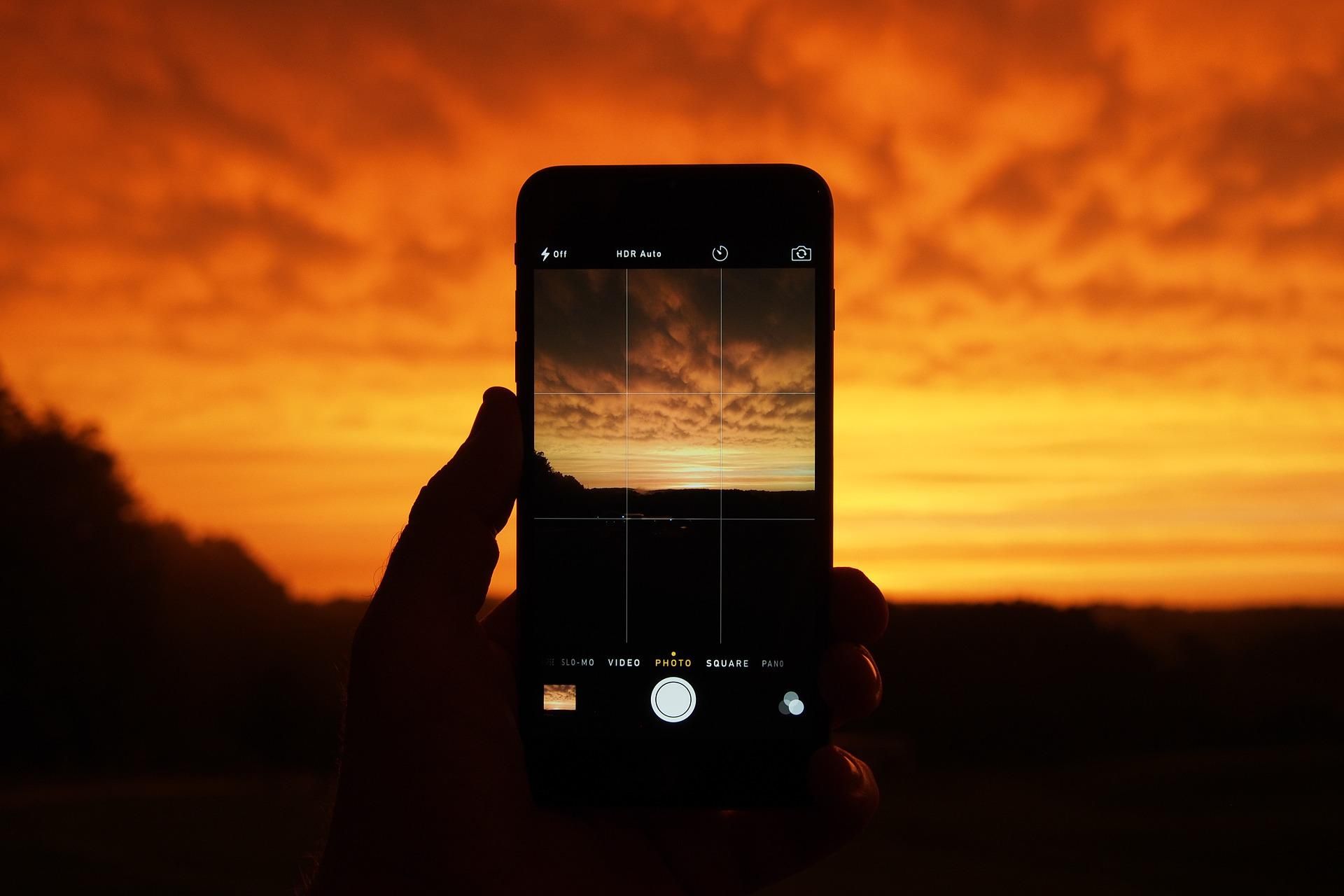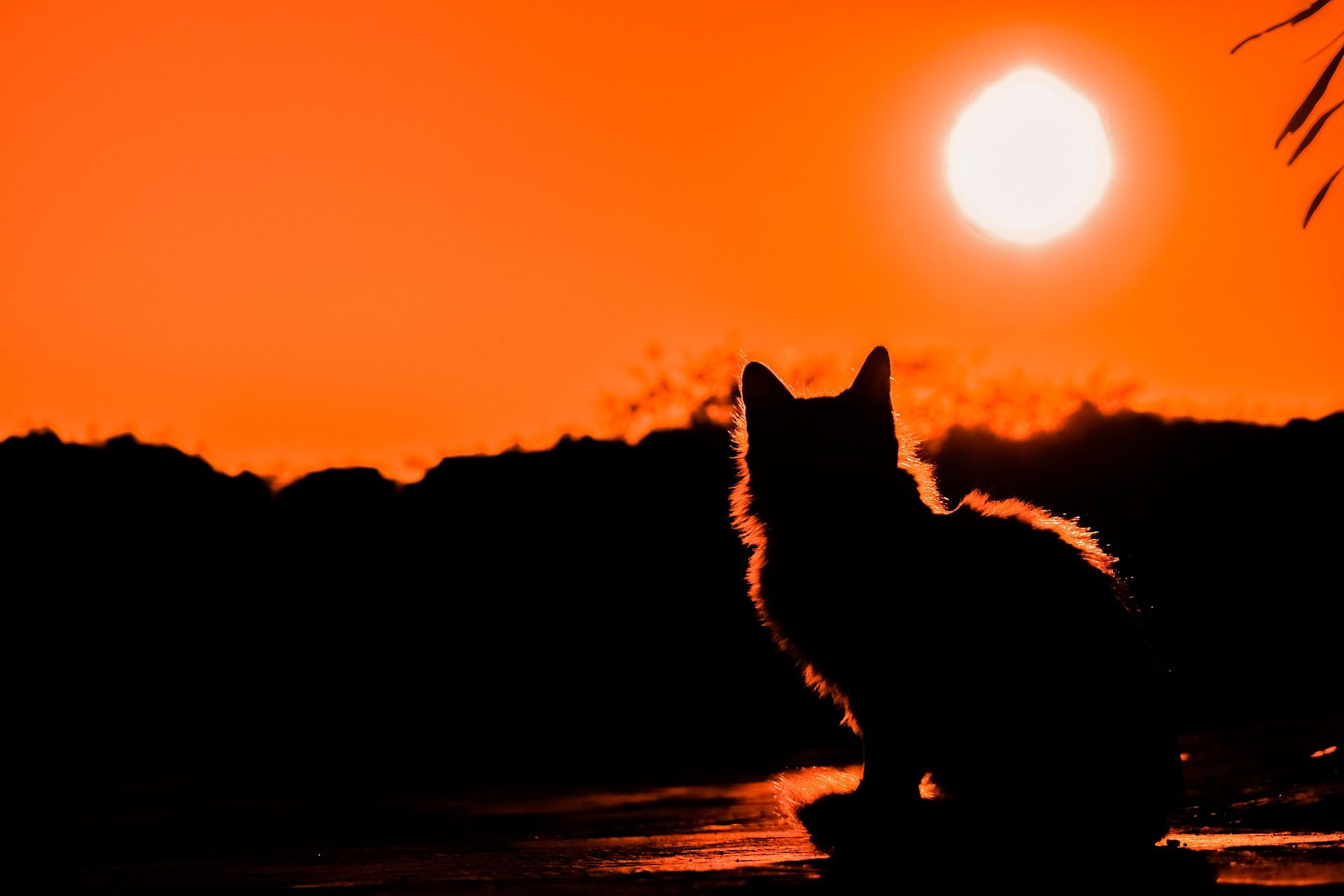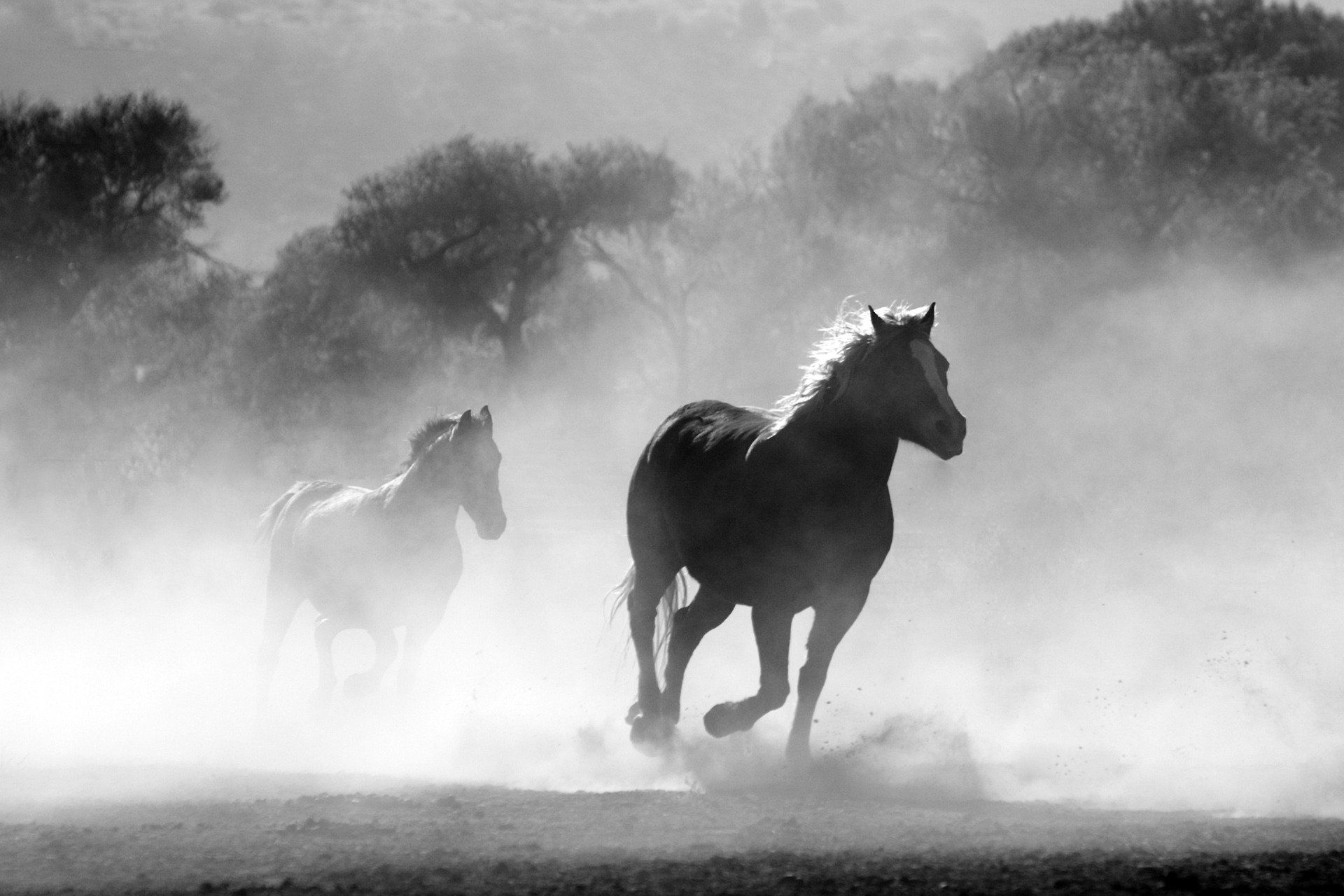What Are Layers in Photography Composition? How to Use Them for Better Photos
Do you always feel like your photos lack punch? Or maybe you’re wondering why your photos look flat. It’s not your subject’s fault—nor is it the fault of your camera or lens. Instead, the bad composition is to blame.
Composition is one of the most important things that beginner photographers often overlook. You can master camera settings quickly, but it takes time, patience, and practice to understand different compositional techniques.
One way to capture eye-catching photos is to add layers to your composition. Interested in learning more? Let’s dive in.
What are layers in composition?
You’ve heard it many times: keep your composition simple. While it’s true that a simpler composition can be great for most photos, adding layers in a structured way can enhance your photography.
When we say add layers, it’s not the same as adding layers in post production software, it’s adding visual interest in different layers as you compose your scene.
A quick way to add layers to your composition is to divide your image into three parts: foreground, midground, and background. Once you know these three parts, you can strategically place interesting elements in each to capture compelling images.
Your images can have more than three layers, but usually we merge them and collectively perceive them as three layers.
Why add layers to your photos?
As you can see, adding layers to your composition is easy. You just have to train your eye to see the layers before composing.
Adding layers is one of the surefire ways to take professional photos. It can make your images pop, especially when you include other compositional rules like the rule of thirds, guides, symmetry, perspective, etc.
Here’s why levels are so effective.
Add depth to your photos
Photography is a 2D medium, and when you want to project your beautiful 3D world into 2D images, you need to take care of many things, including shadows, highlights, and composition to add depth to your photos.
Adding detail to the foreground and background adds depth to your photos by adding a third dimension. This practice also ensures that your images do not look flat.
Additionally, layers help direct the viewer’s eyes between them.
Give a sense of place and space
The sweeping ocean vistas or dreamy waterfall photos you see on Instagram usually have some visual interest, like rocks or branches in the foreground. Adding foreground and background gives the viewer a sense of space.
While this is crucial for landscape photography, other types of photography also benefit from adding layers.
Showcase Details
If you sharpen your subject and blur the other layers, you will emphasize your subject more. At the same time, you also capture the subtle details surrounding your subject.
Adding layers allows you to add shapes and textures to your images. Try different perspectives along with layers to make your subject stand out better.
Expand your narrative
Adding layers not only adds depth and dimension to your photos, but also lets you see the bigger picture and tell the story of your photo more effectively. For example, adding flowers to the foreground of your portrait can add a summery feel. Or inserting a foggy mountain in the background can show your viewers the mood better.
How to add layers to your photos
The most important thing to remember when adding layers is to check the visual weight in your composition. Avoid adding too many elements that require attention in all three layers.
Keep your main theme in one layer and add the secondary elements in the remaining two layers. You can also do this by keeping one layer in focus while blurring the other two layers.
Here are some tips to remember.
Know your topic
You should first identify your subject in order to use layers correctly in your composition. For example, a huge body of water or a huge mountain is not a suitable subject. Instead, find a subject like a boat or a building to make your composition impactful.
Then add the layers with secondary elements to make your subject catch your viewer’s attention.
Step back
Cropping your scene very tightly can be counterproductive in many cases. So remember to move your lens back or zoom out to see the relevant details that you can add to make your photo more attractive.
Capture as many elements as possible and you can trim them later in post-production. There are many benefits of owning a wide-angle lens, and it can also help you see in layers.
Use the grids on your camera
This is a simple rule to improve your composition. It can also be a great tool for dividing your scene into three layers. As you compose the scene, the grid lines will help you visualize the layers easily.
You can also try this with your iPhone – you don’t need your camera to learn how to add layers. Here are some great iPhone photography tips.
Play with light
You can add layers without adding elements to them. Adjust the highlights and shadows and place them in different areas to get the same effect as adding layers. Photography is all about light and shadow, so learning how to manipulate them can make you a better photographer.
Shoot in black and white
Black and white photography isn’t for everyone, but it usually simplifies your scene by removing color-related distractions. And it’s easier to find clutter when your photos are black and white. If you try black and white you can clearly see how and where to add your layers.
Also, shooting in black and white brings out the textures and shapes in your scene.
Try different composition techniques to make your photos shine
When we think of photographers, we usually think of someone with the latest camera, a long lens, and lots of other gadgets. But what makes a great photographer isn’t the equipment, it’s how they manipulate light and try different compositions to make their subject stand out.
If you want to improve your photography, focus on composition first. Then try adding layers in the next step. Take simple shots and compare them to those with layers. Experimenting through trial and error can train your eye and help you advance in your photographic endeavors.
